Optimal Timing for Bee Removals
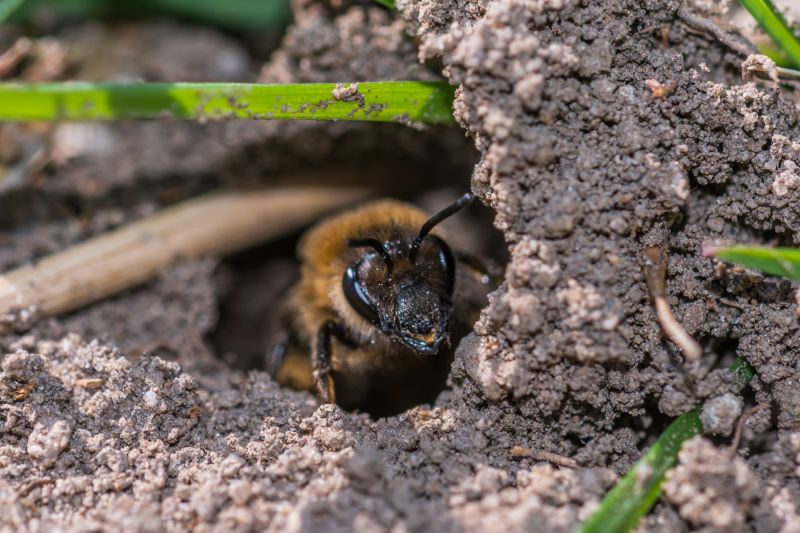
Spring is a common time for bee removals due to increased hive activity and swarm behavior.
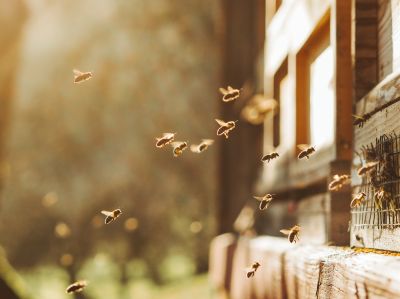
Summer months often see swarms moving into new locations, making it an ideal time for removals.
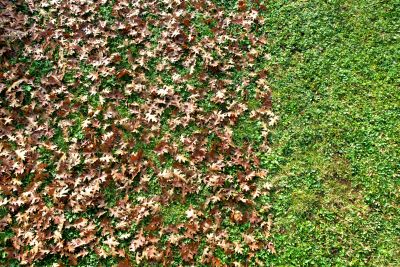
Autumn can be suitable for removals before bees prepare for winter, but activity decreases.
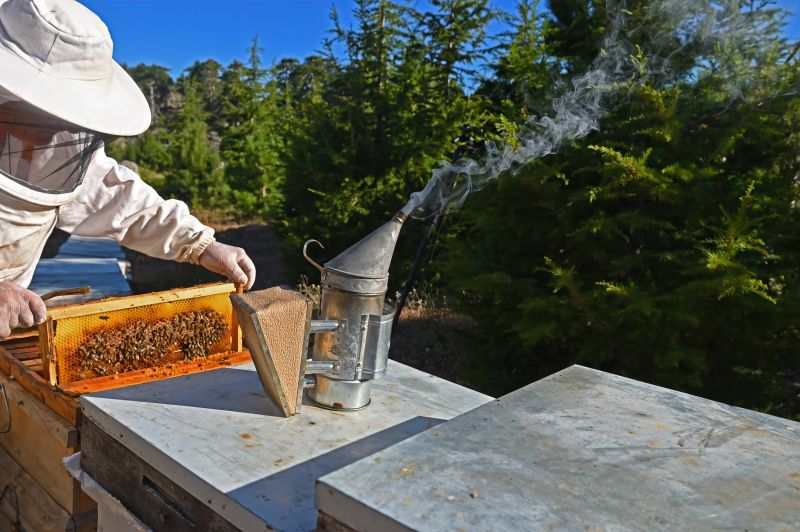
Ways to make Bee Removals work in tight or awkward layouts.

Popular materials for Bee Removals and why they hold up over time.
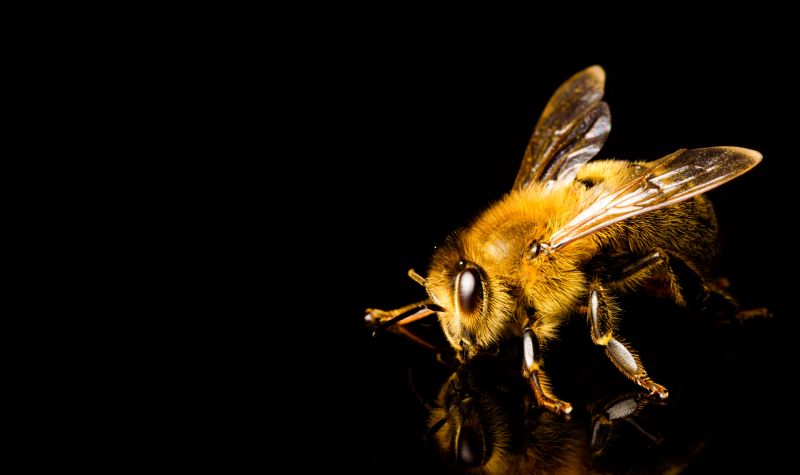
Simple add-ons that improve Bee Removals without blowing the budget.
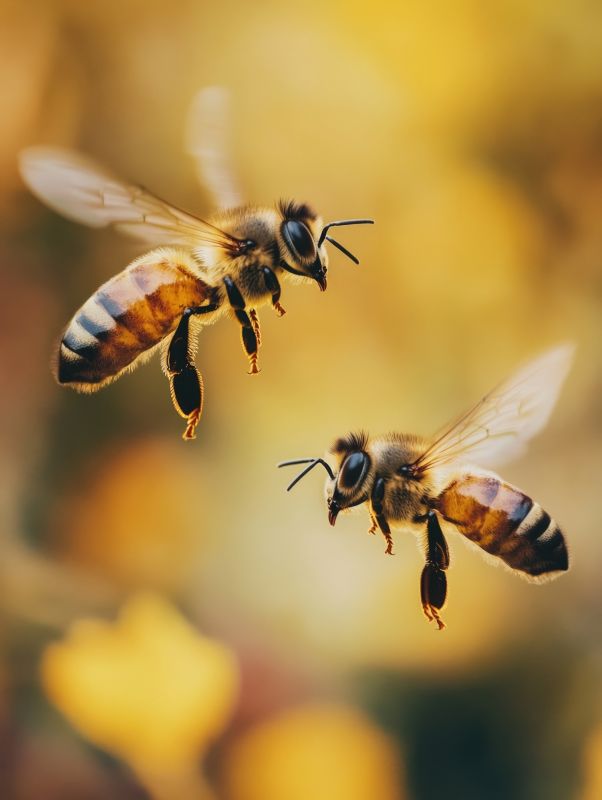
High-end options that actually feel worth it for Bee Removals.
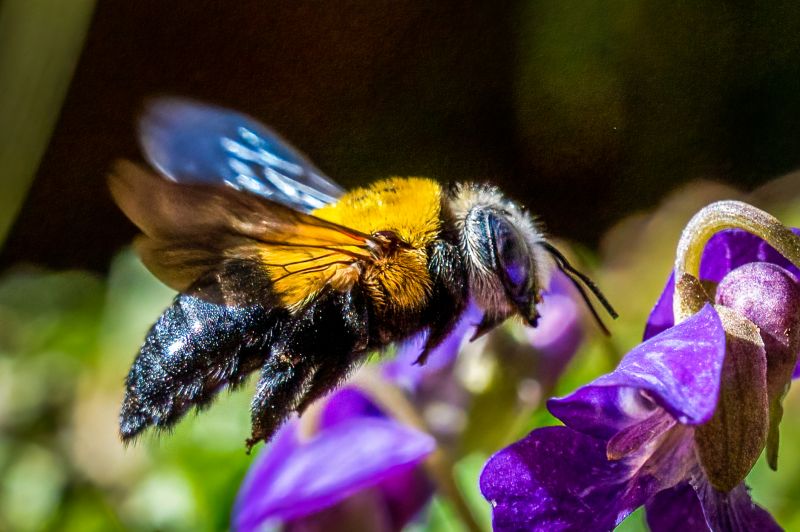
Finishes and colors that play nicely with Bee Removals.
Bee removals are most effective when conducted during periods of high activity, typically in warmer months. During spring and summer, bees are active, making hive detection and removal easier. Swarming behavior peaks during these times, increasing the likelihood of locating new colonies. Autumn may be less ideal as bees begin to prepare for winter, reducing activity and making hive detection more challenging. Timing removals correctly can minimize disruption and improve success rates.
Understanding seasonal bee behavior helps determine optimal removal times and reduces hive disturbance.
Conducting removals during peak activity periods ensures better access and higher success rates.
Removing bees outside their active season can lead to hive abandonment and increased difficulty.
Proper planning during active months ensures safe and effective hive removal.
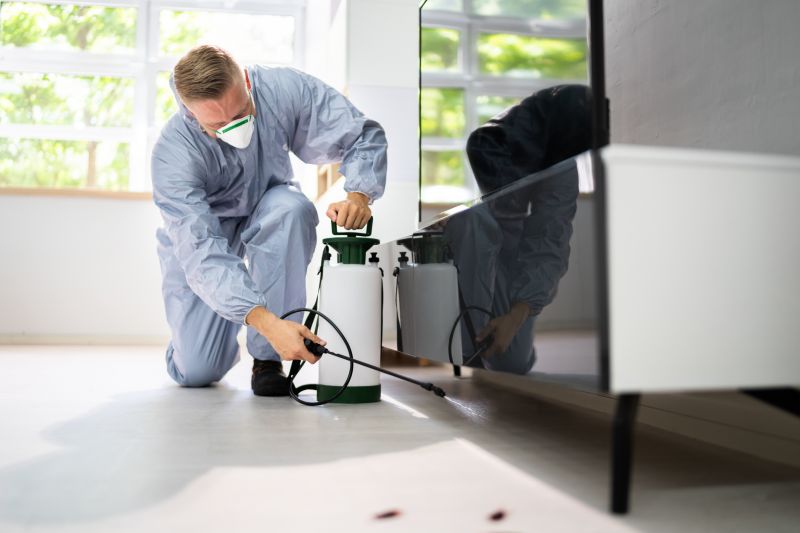
Specialized tools are used for safe hive extraction during active seasons.

Capturing swarms at the right time prevents hive expansion into unwanted areas.

Regular inspections during peak months identify hive locations early.
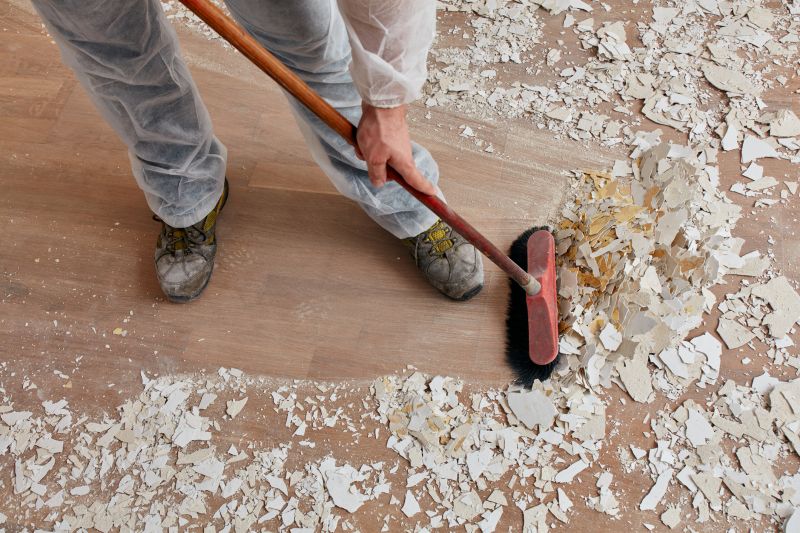
Thorough cleanup ensures no residual hive materials remain.
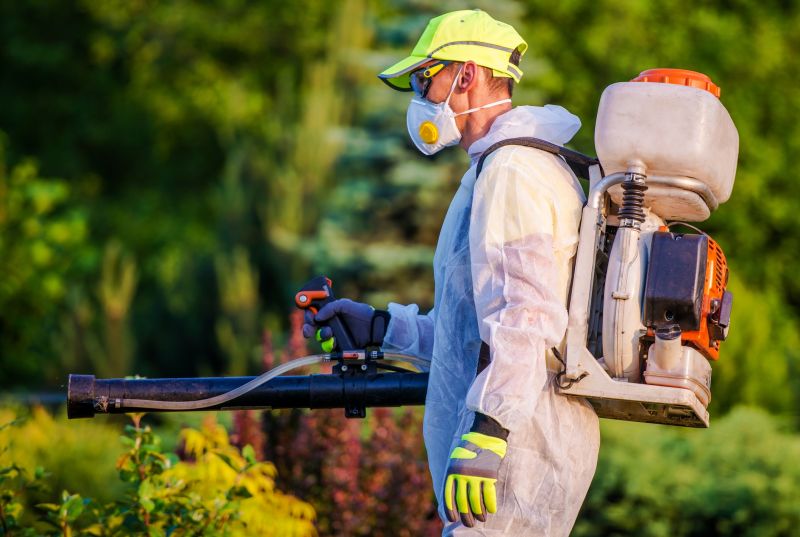
Proper protective gear is essential during active bee removal operations.

Effective methods are used to relocate bees during optimal times.
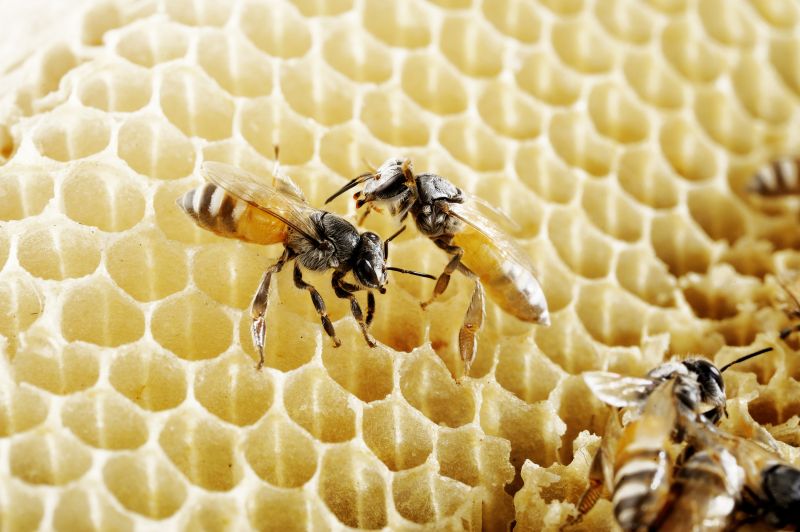
Charts help plan removals based on local bee activity patterns.
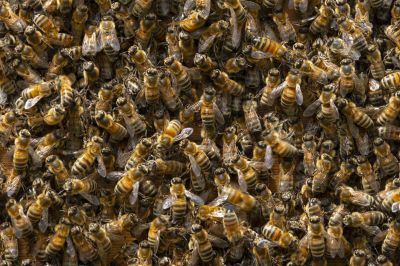
Monitoring bee activity guides the timing of removal procedures.
| Season | Best Activities for Bee Removals |
|---|---|
| Spring | High swarm activity, ideal for hive detection and removal. |
| Summer | Peak for swarm captures and hive relocations. |
| Autumn | Less active, suitable for final removals before winter. |
| Winter | Generally not recommended due to low bee activity. |
Bee removals require careful timing to ensure safety and effectiveness. Conducting removals during periods of high activity, such as spring and summer, allows for easier hive identification and safer extraction. Proper planning and understanding of seasonal bee behavior are essential for successful hive removal and relocation. Timing also minimizes stress on the colonies and reduces the risk of bees establishing new hives in unwanted locations.

Step-by-step procedures ensure safe hive removal during active seasons.
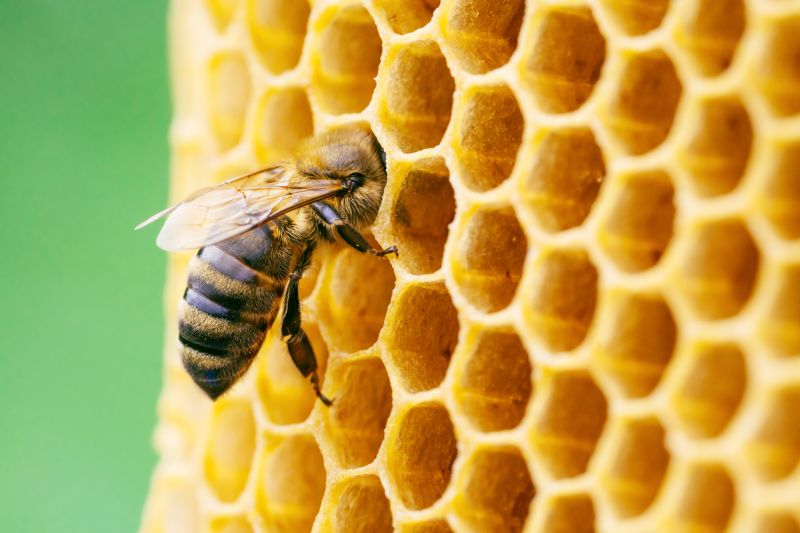
Regular inspections during peak times help locate hives early.

Timing is critical for relocating bees without causing distress.

Monitoring after removal ensures hive elimination and prevents re-establishment.
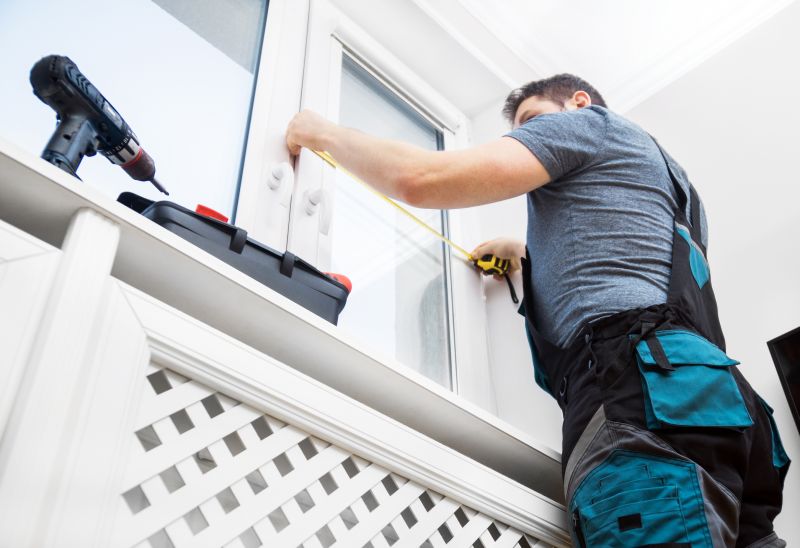
Little measurements that prevent headaches on Bee Removals day.
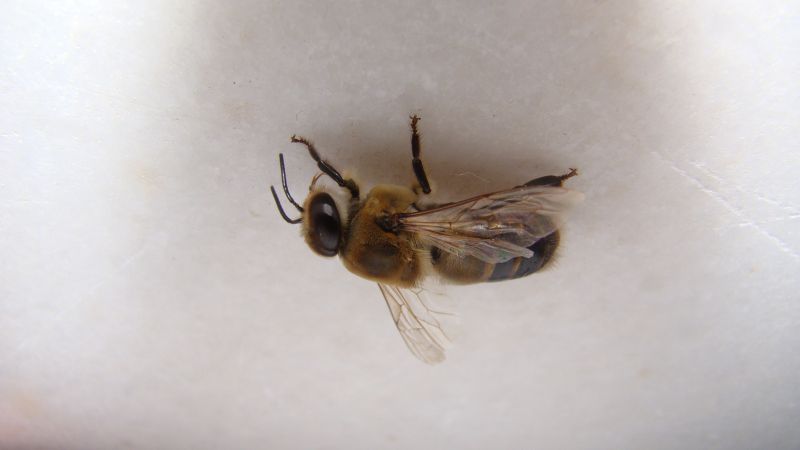
A 60-second routine that keeps Bee Removals looking new.
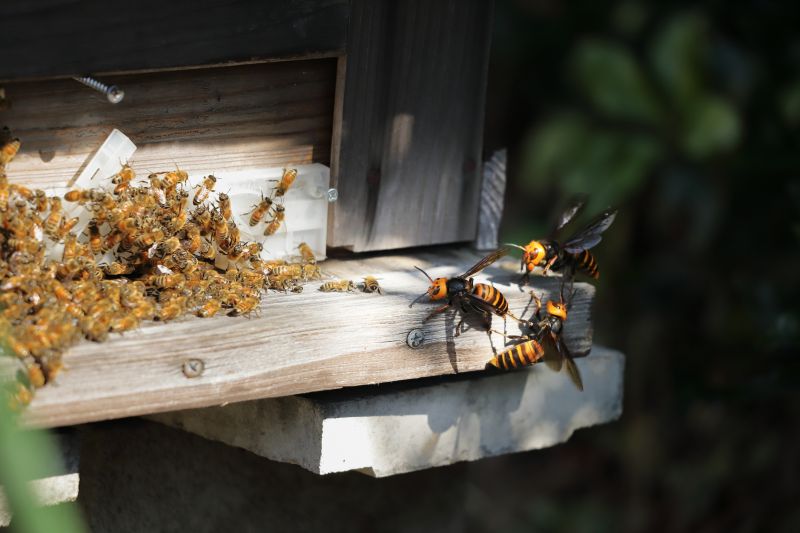
A frequent mistake in Bee Removals and how to dodge it.
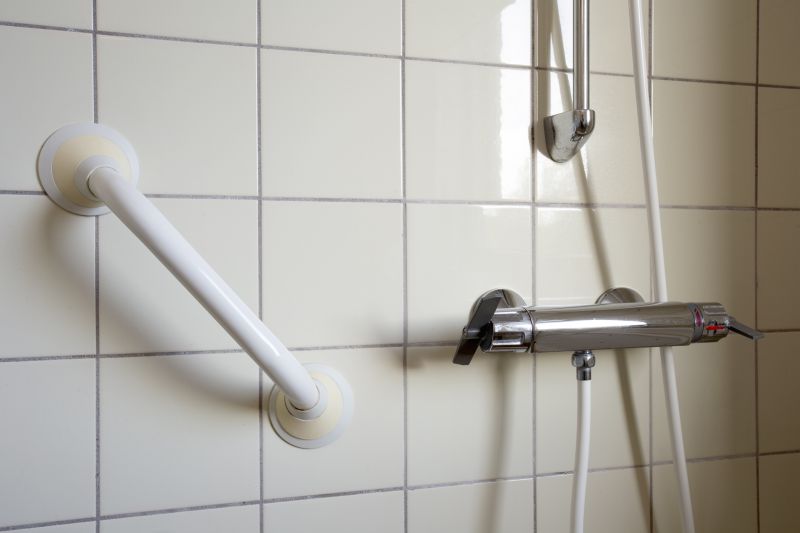
Small tweaks to make Bee Removals safer and easier to use.
If interested in bee removals, filling out the contact form provides the necessary information to schedule an effective and safe removal. Timing the operation during the appropriate season can enhance success and ensure minimal disruption to local bee populations.



